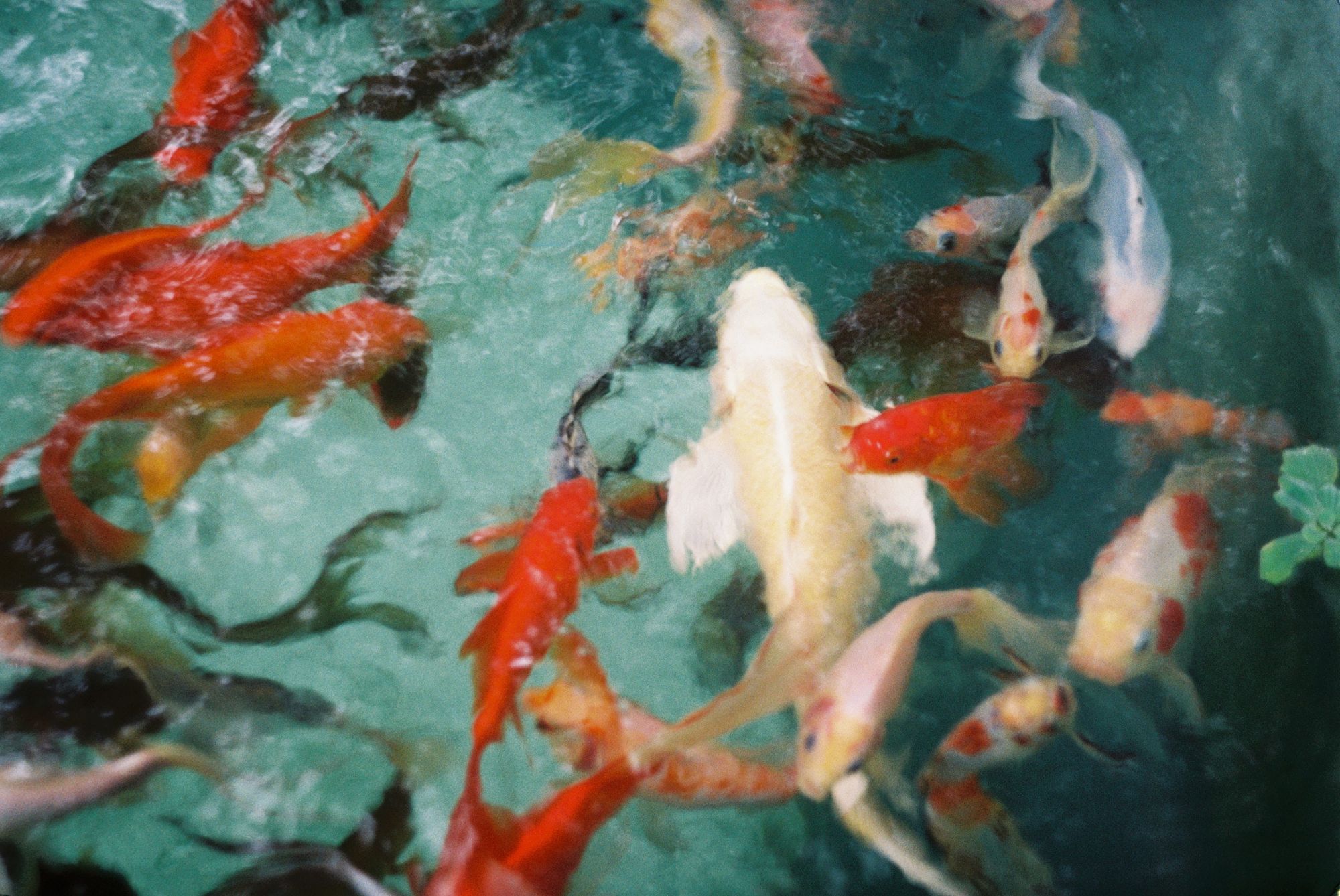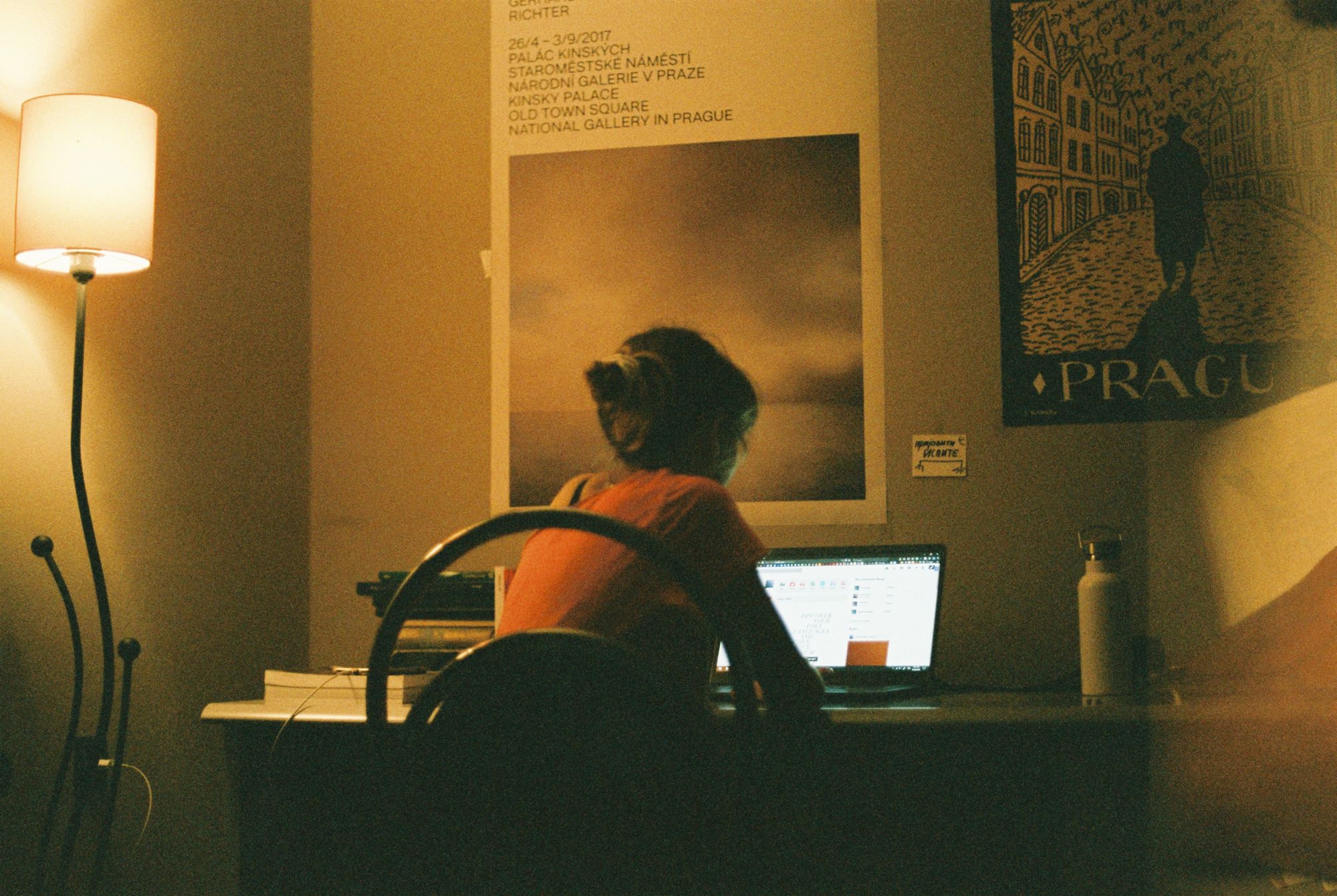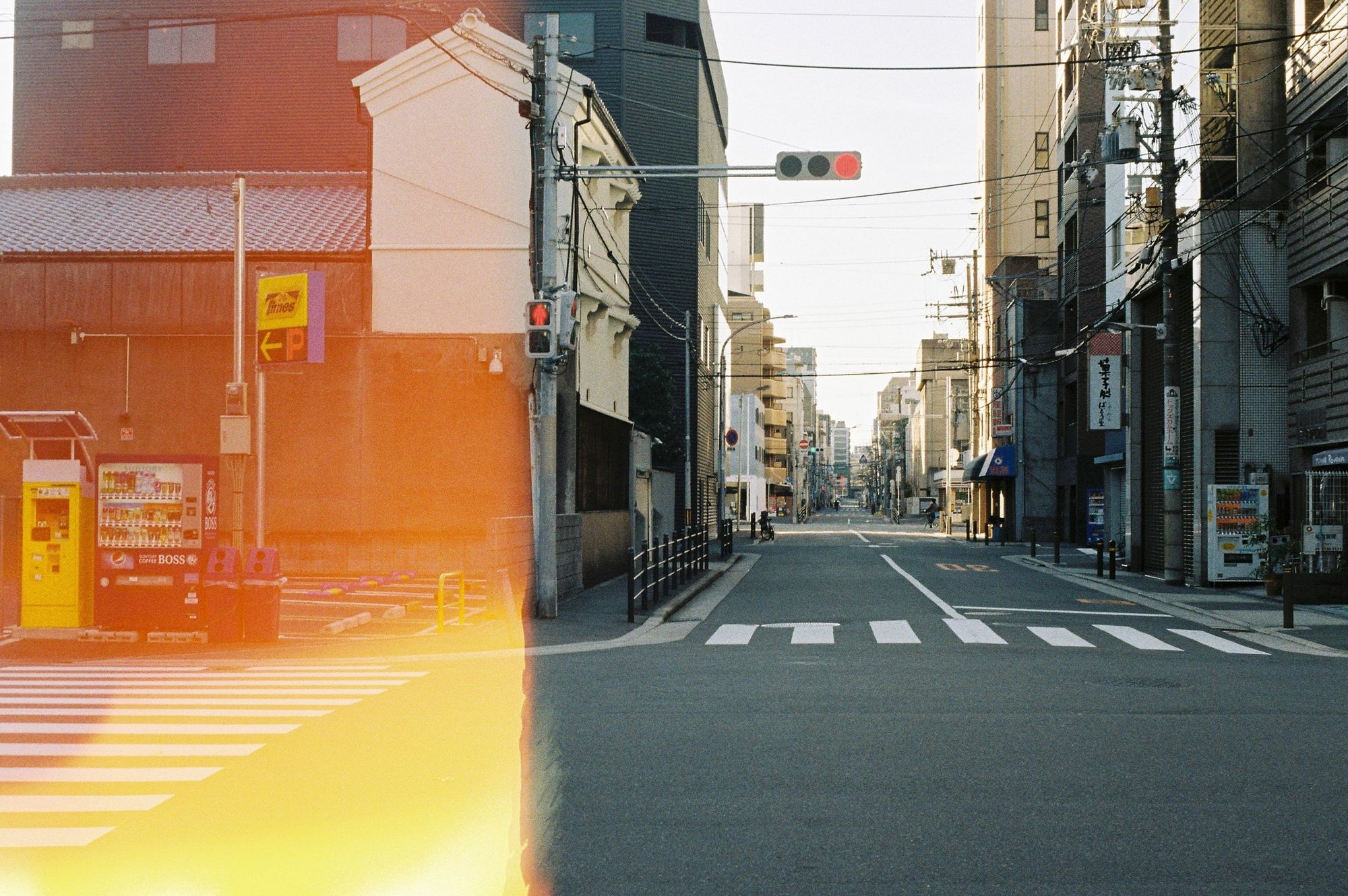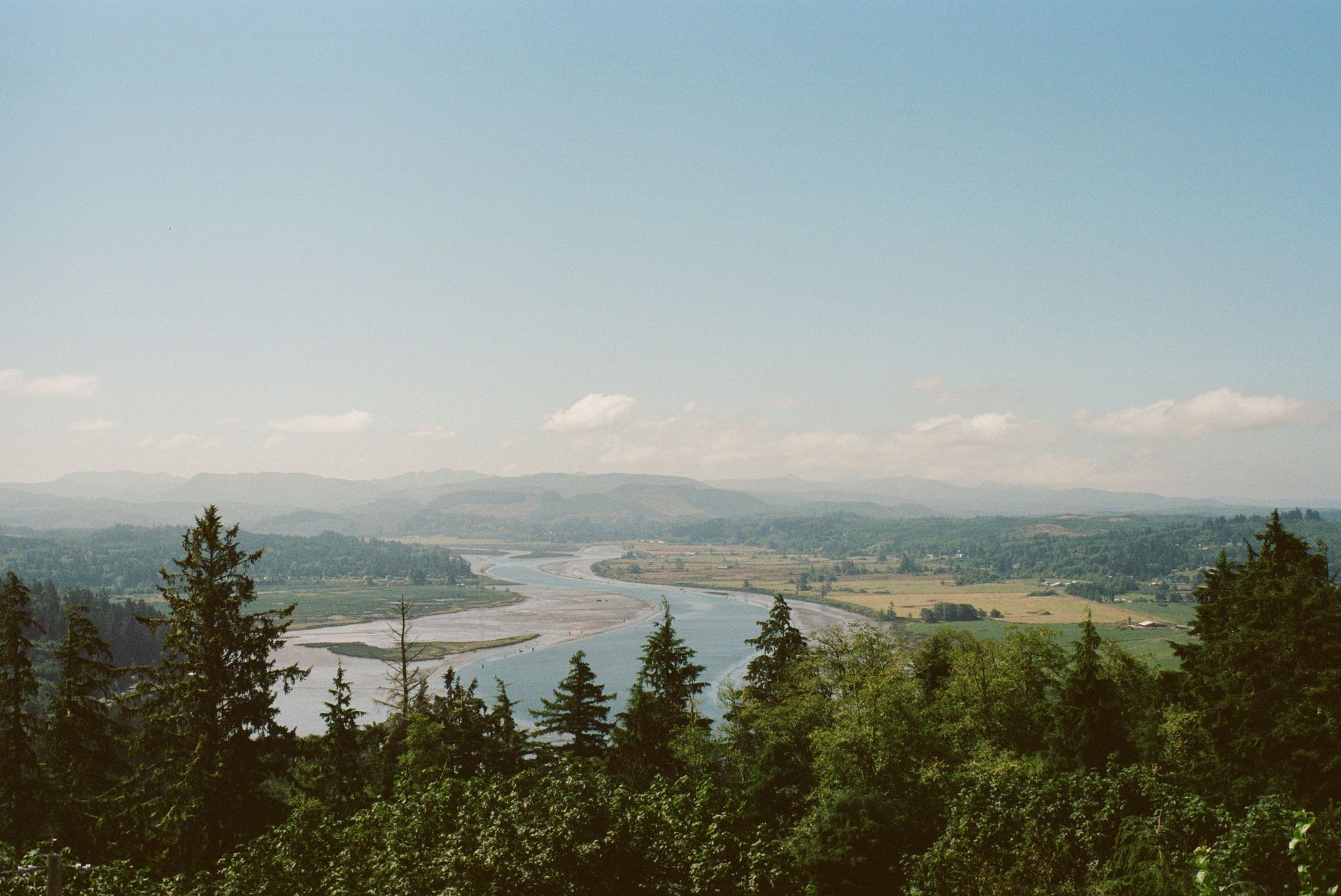35mm Beginners Guide – Start Your Film Photography Journey
Rent film gear from local filmmakers.

Rent film gear from local filmmakers.
Hundreds of photographers are rediscovering analog photography in pursuit of the classic film look.
Are you dreaming of returning to the basics and taking photos with a 35mm SLR camera? Then this 35mm beginners guide is for you.
Are you a complete novice? It's time to learn about the best camera for beginners, so you can start your journey off right. For you, this could be a film camera, or perhaps a DSLR or mirrorless.
Already know your dream gear? Rent a camera today.
How to choose your first film camera

Getting a film camera is the obvious first step in your analog photography journey. Do you understand gear? If you're not certain, brush up on what you need to know about camera equipment.
Nikon, Canon, Pentax, Olympus, and Minolta are sturdy, reliable, and high-quality. Ask around in your network to see if someone has a film camera lying around. You can also consider renting one.
Models like the Pentax K1000, Olympus OM-1, Canon A1 are iconic for a reason, but there are many excellent cameras to consider. Find the best film cameras for your experience level here.
Tip! Make sure that your camera choice has replacement batteries available, as many batteries from the 70s got discontinued.
Step-by-step 35mm beginners guide

Got your camera? Check. Let me walk you through what you need to set up before you start shooting with your 35mm camera.
1. Set your ISO
Before loading your camera, you need to set it to the ISO your film uses. The most common ISO (or ASA) ratings are 100 and 200.
Find the dial on top of your camera, lift it up, and set the ISO to your film's rating before moving to the next step.
Unclear on what ISO is? Check out our ISO guide.
2. Load the film
Loading your film is actually easy! Open the back of your camera by pulling upwards on the left knob. The back panel should slide open, allowing access to the film canister.
Insert the film and pull it out a bit. Then guide it towards the spool until it's locked in. Careful! If you pull too much film out, you'll likely expose and waste it.
When your film is loaded and locked in the spool, you may close the back panel. Pushing in the same knob on the left will ensure it stays in place.
3. Advance the film
In order to shoot, you first need to advance the film with the advance lever. Crank this lever until the dial reads 0 or 1, and you're ready to take pictures.
5 Tips for using a film camera

You're ready to get shooting! Here are 5 tips to help you get started with 35mm cameras. The basics of photography apply to film cameras too, so make sure you know them like the back of your hand.
1. Get to know your camera
The fastest way to get skilled at film photography is by experimenting. Learn about your camera and the way it works.
First, familiarize yourself with the dials for aperture, focus distance, and shutter speed. Aperture can usually be set on the ring around the lens.
Learn to focus using the focus ring if you're shooting fully manual. This will allow you extensive control over your shots.
2. Use a light meter
Using a light meter is the simplest way of guaranteeing that you properly expose your images.
Take advantage of your inbuilt light meter or get one online.
Afterward, you can check whether your picture is correctly exposed by lining up the meter's needle to the center. Fiddle with the aperture size and shutter speed until you reach your desired result.
3. Wind back your film when you're out
When the small dial on the top indicates that you're out of film, you'll need to rewind it before taking it out to get it developed.
Find the crank and turn it clockwise until you feel a snap. The crank should turn very easily once you've finished rewinding.
Remove the back cover of your camera to take out the canister. Develop it at a photo lab or make your own darkroom to check the results of your work!
4. Use cheap film
As a beginner, start out with the bare essentials. Color film tends to be cheaper than black-white, and established brands like Kodak or Fujifilm offer affordable options.
Films can be classified by three main criteria:
- Film format,
- The resulting image, and
- Sensitivity to light (ISO).
Film format refers to the size of the film. Most common film sizes include 35mm, medium-, and full-format. Cameras are usually only compatible with one film size, so make sure you get the right one.
The resulting image refers to black and white films, color positive, and color negative options. Color negatives are the most common, but the differences show up mainly in the developing process.
Light Sensitivity, determining the film speed or ISO of the film.
Experiment with cheap film to find your preferred type. You can find and buy film rolls at your local camera store or online.
5. Embrace your creativity

At the end of the day, film photography is all about having fun and exploring your creativity.
Don't be afraid to break the rules of photography and embrace your ideas! Find your own style and preferences for an innovative end result.
Closing thoughts

Next stop: film photography. I hope our 35mm beginners guide helped you get started with this format.
Interested in the polished, vintage look? Read our tips on black and white portrait photography.
Happy filming!
What is the best 35mm film for beginners?
The best 35mm film for beginners is a cheap Kodak or Fujifilm film, like the Kodak Colorplus or Portra.
How do I take good 35mm photos?
Taking good 35mm photos is all about practice. Follow the general rules of photography and experiment to find your own style.





















